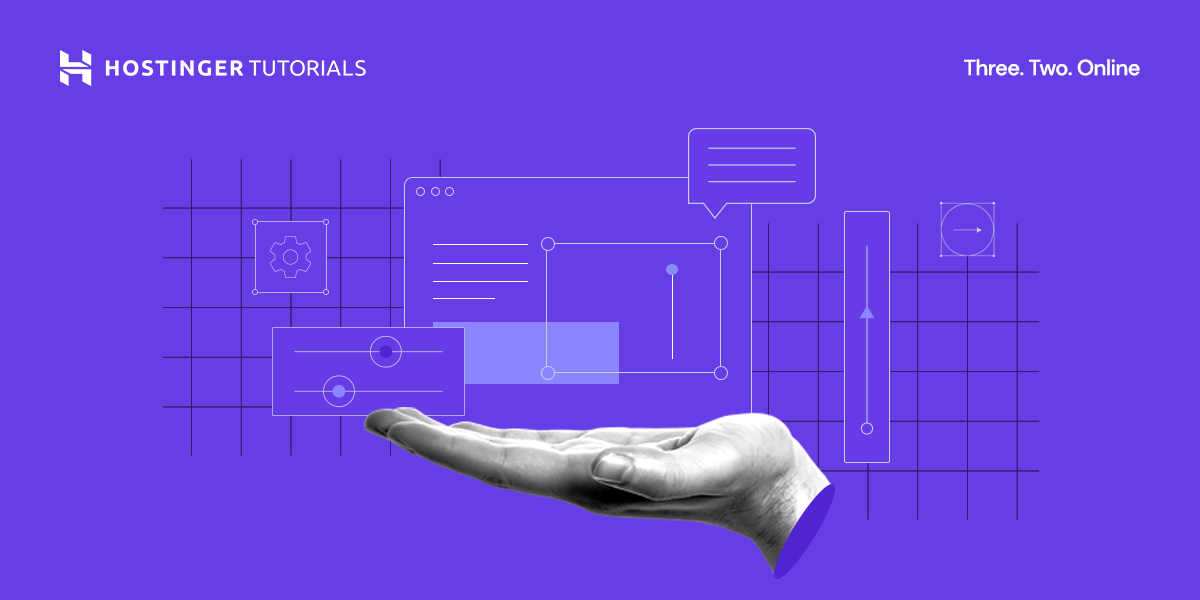What Is Responsive Web Design And Why Is It Important?

Understanding Responsive Web Design
Responsive web design is an approach that ensures a website’s layout and content adapts or responds to different devices and screen sizes. This means that whether you’re viewing a website on a desktop computer, tablet, or smartphone, the site will automatically adjust to provide the best user experience.
How Does Responsive Web Design Work?
Responsive web design uses a combination of flexible grids, layouts, images, and CSS media queries to create a seamless experience across various devices. It allows web designers to optimize a website for different screen sizes without having to create multiple versions of the site.
Importance Of Responsive Web Design
Responsive web design is more than just a trend; it’s essential for any website in today’s digital age. With the increasing use of mobile devices to browse the internet, having a responsive website is crucial for reaching a wider audience and providing a positive user experience.
Benefits Of Responsive Web Design
One of the key benefits of responsive web design is improved user experience. By ensuring that your website looks and functions well on all devices, you can keep visitors engaged and encourage them to explore more content. Additionally, having a responsive website can boost your SEO efforts, as search engines like Google favor mobile-friendly sites in search results.
Tips For Designing A Responsive Website
Creating a responsive website requires careful planning and execution. Here are some tips to help you design a responsive website that looks great and functions well on all devices:
Use Flexible Grids
Grid systems are essential for responsive web design, as they allow you to create a layout that adapts to different screen sizes. By using percentages or relative units like ems or rems, you can ensure that your website’s layout remains consistent across various devices.
Optimize Images
Large, high-resolution images can slow down your website and negatively impact the user experience, especially on mobile devices. Make sure to optimize images for the web by compressing them and using the appropriate file formats to reduce load times without compromising quality.
Prioritize Content
When designing a responsive website, it’s important to prioritize content based on its importance. Make sure that essential information is easily accessible and displayed prominently on all devices, while less critical content can be hidden or displayed differently to improve readability and usability.
Common Responsive Web Design Mistakes To Avoid
While responsive web design has many benefits, there are also common mistakes that designers should avoid to ensure a seamless user experience. Here are some pitfalls to watch out for:
Ignoring Performance Optimization
A responsive website should not only look good but also load quickly on all devices. Ignoring performance optimization can lead to slow load times, which can frustrate users and drive them away from your site. Make sure to optimize your website’s performance by minifying CSS and JavaScript files, leveraging browser caching, and reducing server response times.
Overloading The Design
Adding too many elements or features to a responsive website can clutter the layout and make it difficult for users to navigate. Keep your design clean and minimalistic by focusing on essential elements and removing any unnecessary clutter. Remember, less is often more when it comes to responsive web design.
Neglecting Testing Across Devices
One of the most critical aspects of responsive web design is testing your website across different devices and screen sizes. Neglecting this step can result in layout issues, broken elements, or other usability problems that can frustrate users. Make sure to test your website on various devices, browsers, and resolutions to ensure a consistent experience for all visitors.

Conclusion
In conclusion, responsive web design is a crucial aspect of creating a successful website in today’s digital landscape. By ensuring that your site adapts to different devices and provides an optimal user experience, you can reach a wider audience, improve SEO rankings, and keep visitors engaged. By following the tips and avoiding common mistakes outlined in this article, you can design a responsive website that looks great and functions well on all devices.











